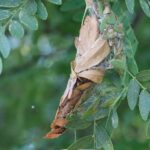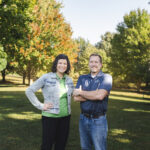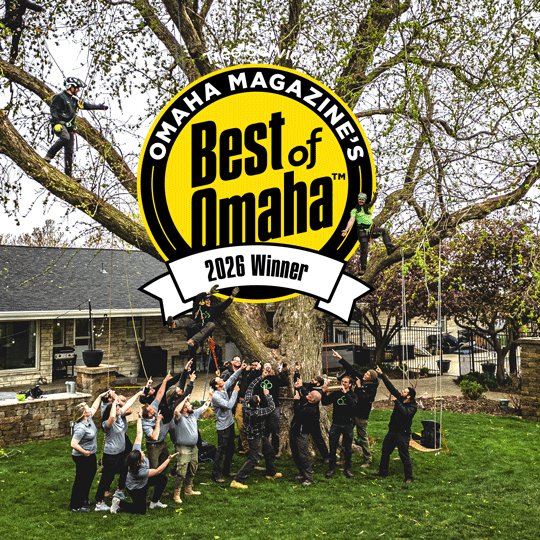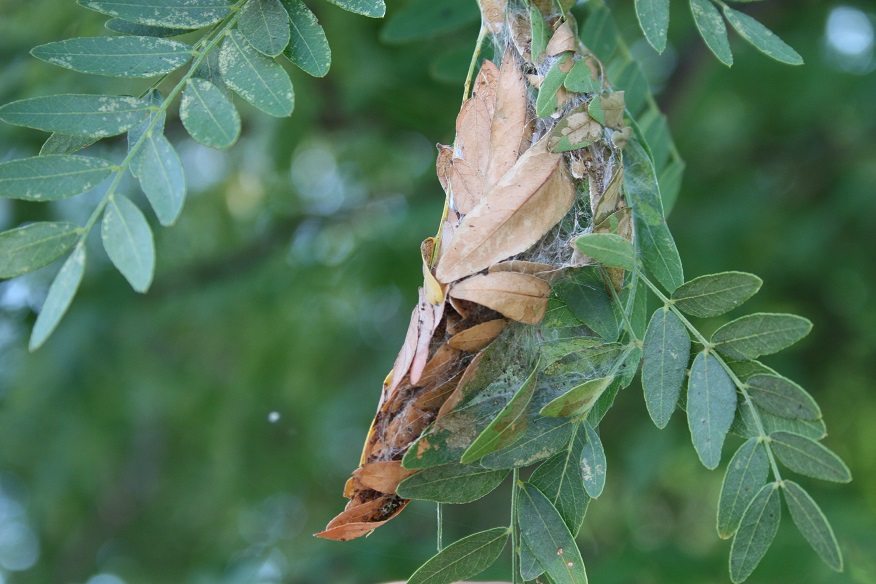Arbor Aesthetics is a full service tree care company, so naturally we have an affinity for trees. We interact with them daily for our jobs, and our customers often share our joy and appreciate the aesthetic beauty of the trees that share this land with us. Trees give us cool shade from the hot summer sun, provide a break from the harsh winter winds. They give us fruit and provide the pages for the wisdom we have gathered over the millennia. They are homes for many species of plants and animals, and even provide us with the timber to build our homes and businesses. They stand tall and mark our world with their strong, silent stability. But what is it that gives them their strength to survive in such catastrophic environments like ours? It is their heartwood.
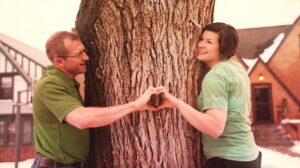
Basic Tree Anatomy
Let’s first have a look at some basic tree anatomy. Trees have six layers: the outer bark, the inner bark, the cambium, sapwood, heartwood, and pith[i]. Every spring, the genetic indicators in the tree spark it to make the new layer of cambium, which is where the magic happens[ii]. It makes the Phloem and xylem. The Phloem brings sugars and other metabolic products down from the leaves and the Xylem brings water and dissolved minerals up from the roots. At the end of the season, the xylem undergoes a prolonged phase where it shifts from a highway to a more passive storage and uptake system as it becomes sapwood[iii].
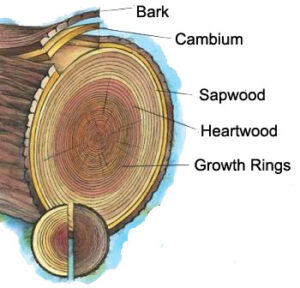 Sapwood is not a vascular highway like the cambium, but it is still conducting cellular activity. The xylem lengthens and continues to conduct water and minerals. As time goes on it becomes thicker and, through the process of lignification, the cell walls become “both rigid and impermeable”[iv].
Sapwood is not a vascular highway like the cambium, but it is still conducting cellular activity. The xylem lengthens and continues to conduct water and minerals. As time goes on it becomes thicker and, through the process of lignification, the cell walls become “both rigid and impermeable”[iv].
Soon after this, programmed cell death will take place and the heartwood is formed. The processes leading up to this point help them become hydrophobic and “as strong as steel”[v]. Heartwood does not occur in younger trees and takes more than a decade to form. It is more resistant to decay and rot. There is no water movement, and the change in color of the wood is attributed to the oxidation of parenchyma cells[vi].
 The Enduring Legacy of Heartwood
The Enduring Legacy of Heartwood
It is this heartwood that lends to the rigidity and strength of the trees and allows them to live so long, in so many environments. Although it has already gone through all of the processes of plant life, it remains, the strongest part of the tree. Even in death, it carries the burden so that it can grow another layer and spend another year giving us oxygen, stabilizing the soil, and providing a place for our families to picnic. Even in death, it gives itself to the sawmill and provides us with the structural support to pass on our own wisdom to the next generations. What a beautiful thing.
Here at Arbor Aesthetics, our promise is, “Beautiful Trees for Life.” We want to help your trees prosper until long after we are all gone. We know you do, too. From trimming, to pruning, to plant health care, our experts can help you to determine what your trees may or may not need. Call or email today for a consultation.
Heartwood
“Euphoric is the reward of my reach
Tasting the light, oh so sweet
Touching the face of what man cannot see,
Is the joy of my days, short though they be
Under my boughs the children played
Shelter for them, I proved to be
I now cast my seeds in the streams of the wind
To carry on long after me
Let no one be sad at the sound of my fall
I’m just laying down in times bed
Though I still stood erect many years without leaves
The fact of the matter, I have long been dead
Yet, euphoric was the reward of my reach”
by Bill Cantrell, 2019 [vi]
[i] https://www.sciencedirect.com/topics/engineering/heartwood
[ii] https://www.sciencedirect.com/science/article/abs/pii/S0168945219314955
[iii] https://www.sciencedirect.com/science/article/pii/S1631069110000119
[iv] https://www.sciencedirect.com/science/article/pii/S1631069110000119#fig1
[v] https://www.fs.usda.gov/learn/trees/anatomy-of-tree
[vi] https://extension.psu.edu/what-is-heartwood-in-trees
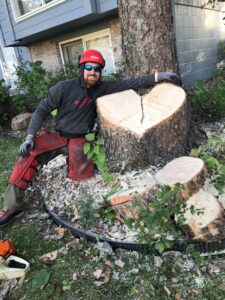 The Enduring Legacy of Heartwood
The Enduring Legacy of Heartwood
